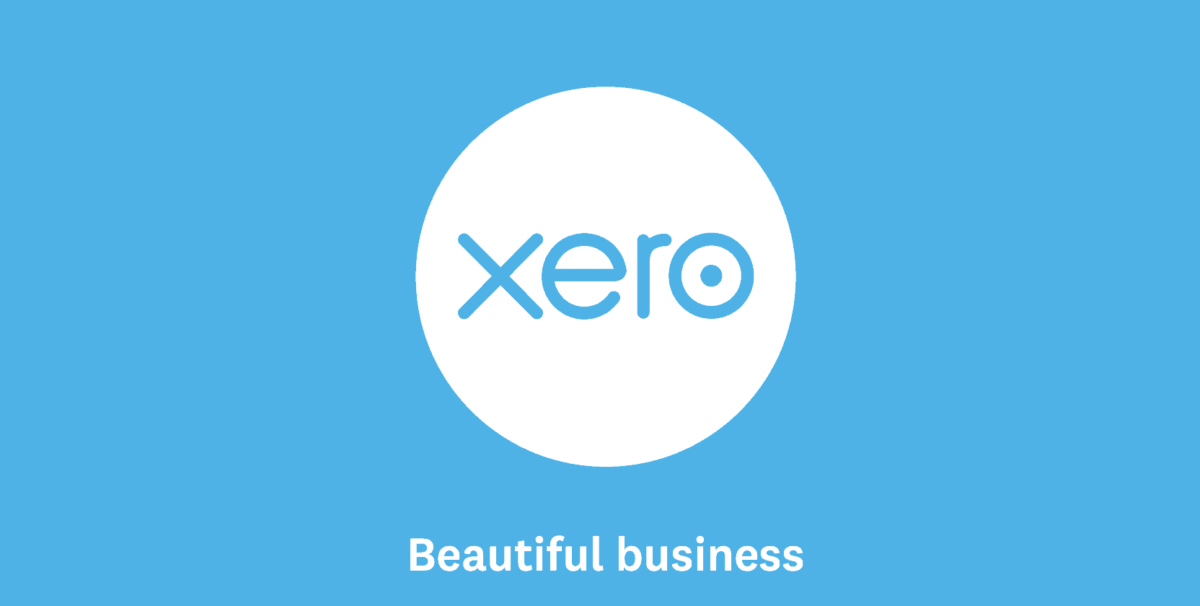Xero Limited (ASX: XRO) shares have gone up over 70% over the past six months.
In this article are three reasons why Xero has been doing so well over the months and years:
A quick overview of Xero
Xero is a cloud accounting software company for small and medium business customers. It provides a number of automation and time-saving tools for business owners, bookkeepers, accountants and other professionals. The tools and numbers are provided in a easy-to-understand way.
Xero's subscribers pay for their subscription every month, giving them access to their numbers anywhere at any time.
The cloud accounting businesses provides its services in many countries including New Zealand, Australia, the US, the UK, Singapore, South Africa and Canada.
In the recent FY21 half-year result it reported that there was a 21% increase in the operating revenue, a 15% increase in annualised monthly recurring revenue and an 86% rise of earnings before interest, tax, depreciation and amortisation (EBITDA). Net profit after tax (NPAT) grew by approximately NZ$33 million to NZ$34.5 million and free cashflow jumped NZ$49.5 million to NZ$54.3 million.
Here are three reasons for Xero shares are doing so well:
Strong subscriber growth
An integral part of Xero's growth is its subscriber growth, which increases its monthly revenue. In FY20 its total subscribers went up by 19% to 2.45 million. However, partly due to COVID-19 impacts, its net subscriber additions declined by 30% to 168,000.
In the UK, total subscribers rose by 19% to 638,000. Australian subscribers went up 21% to 1.01 million. 'Rest of the world' subscribers went up by 37% to 136,000. North American subscribers rose by 17% to 251,000 and New Zealand subscribers went up by 13% to 414,000.
Its subscriber churn was very low during the period at just 1.11%. The total lifetime value of subscribers increased by 15% to NZ$6.17 billion.
High and still rising gross profit margin
A gross profit margin explains how profitable a business is after paying for its most essential costs to sell a product. Each business classifies differently what counts as the cost of selling its goods or services in terms of the gross margin.
For the six months ending 30 September 2020, Xero had a gross profit margin of 85.7%, which was an increase of 0.5 percentage points compared to the prior corresponding period.
This means a large majority of the new revenue falls to the next level of Xero's accounts, which partly explains how a 21% increase in operating revenue led to a 86% increase of the EBITDA.
Platform network effects
Xero doesn't just provide accounting software for one user to access. It can provide multi-tiered access to everyone in an organisation, from a simple employee payroll access level, all the way up to administrator. Businesses can also invite bookkeepers, accountants, financial advisors and others as well.
Subscribers can get access to a number of different third party applications through the Xero platform, which increases the value of the overall Xero package to the subscriber and can increase loyalty.
The company allows businesses to use Xero's software as a centre of operations for everything, not just an accounting system.
What's the Xero valuation?
Xero is purposefully re-investing most of its profit back into growth for the business, somewhat like the Amazon strategy. It isn't trying to make a profit (yet). The increased profit it made in the FY21 interim report was a result of temporarily lowering spending because of COVID-19. In terms of market capitalisation, it has a market value of just over $20.5 billion. Using Commsec estimates, it's valued at 126x FY23's estimated earnings.









